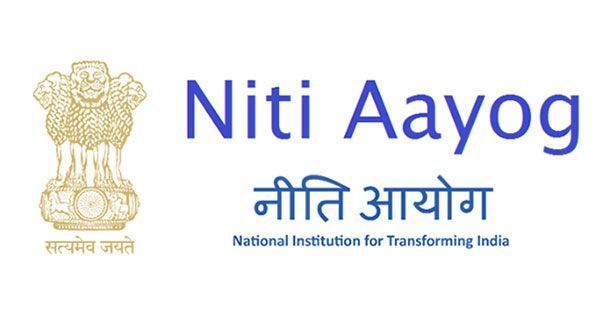Decarbonising Transport: International Project to Develop Pathway to Low-CO2 Mobility for India

NITI Aayog in collaboration with International Transport Forum (ITF) will launch the “Decarbonising Transport in India” project on 24 June, with the intention to develop a pathway towards a low-carbon transport system for India.
India has been a member of ITF, an intergovernmental organisation for transport policy, since 2008.
ITF Secretary-General Young Tae Kim and NITI Aayog CEO Amitabh Kant will open the public online launch event. Senior officials of the Ministry of Housing and Urban Affairs, Ministry of Road, Transport and Highways, and ITF will also be present.
The online event will inform transport and climate stakeholders in India about planned project activities. It will also offer the opportunity to provide inputs regarding India’s transport challenges and how they relate to CO2 reduction ambitions. The discussion will help to focus the project further on India’s specific needs and circumstances.
The “Decarbonising Transport in India” project will design a tailor-made transport emissions assessment framework for India. It will provide the government with a detailed understanding of current and future transport activity and the related CO2 emissions as a basis for their decision-making.
- What: Launch of “Decarbonising Transport in India”
- When: Wednesday, 24 June, 17:00–19:00 IST.
- Where: YouTube livestream at https://youtu.be/l2G5x5RdBUM
The India project is carried out in the wider context of the International Transport Forum’s “Decarbonising Transport” initiative. It is part of the “Decarbonising Transport in Emerging Economies” (DTEE) family of projects, which supports transport decarbonisation across different world regions. India, Argentina, Azerbaijan, and Morocco are current participants. The DTEE is a collaboration between the ITF and the Wuppertal Institute, supported by the International Climate Initiative (IKI) of the German Federal Ministry for the Environment, Nature Conservation and Nuclear Safety.



